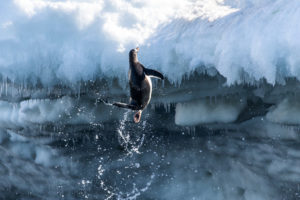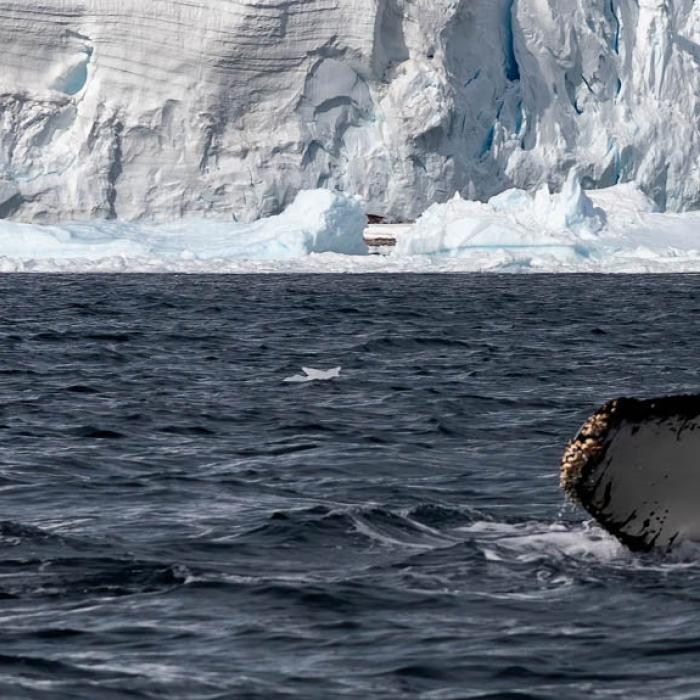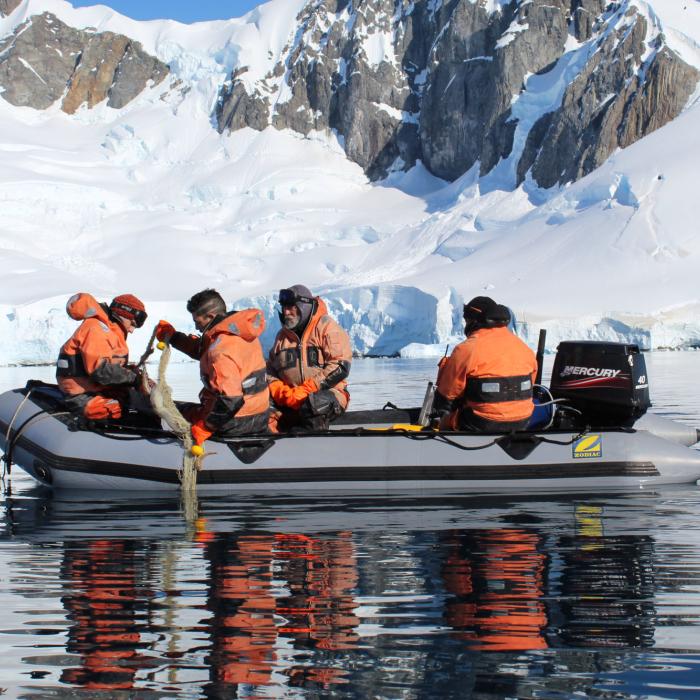
Antarctica, ready for your close-up?
Antarctica poses numerous challenges for the professional and the point-and-click photographer alike;
Whether it’s working within rules set to safeguard the environment, protecting your equipment, changeable weather and lighting or simply the overwhelming urge to take photos of absolutely everything 900 times for fear you’ll miss out. With that in mind, we’ve asked award winning photographer and polar photography expert Paul Teolis, for his top tips for capturing those memories on camera...
Constraints fuel creativity
“Work with what you have”has long been my mantra when teaching photography. We all wish we had better equipment, but the reality of economics most often gets in the way for most.
Challenge yourself to shoot with one focal length in Antarctica and find compositions by looking at your subject differently. It’s not necessarily “what”you shoot, but “how”you shoot it that makes for the most memorable and interesting photographs.  Antarctica is about scale. Work with that. This is wide angle territory, that is a lens with a range of 16mm to 35mm being the norm.
Antarctica is about scale. Work with that. This is wide angle territory, that is a lens with a range of 16mm to 35mm being the norm.
Wide angle shots tend to have more emotion, intimacy, and mood. Positioning your subject within your frame, makes all the difference too. Avoid everything in the center and get use to placing your subject in a different quadrant of the frame, which is the principal of Thirds.
You might not be able to get close, but you can still create an emotional photograph.
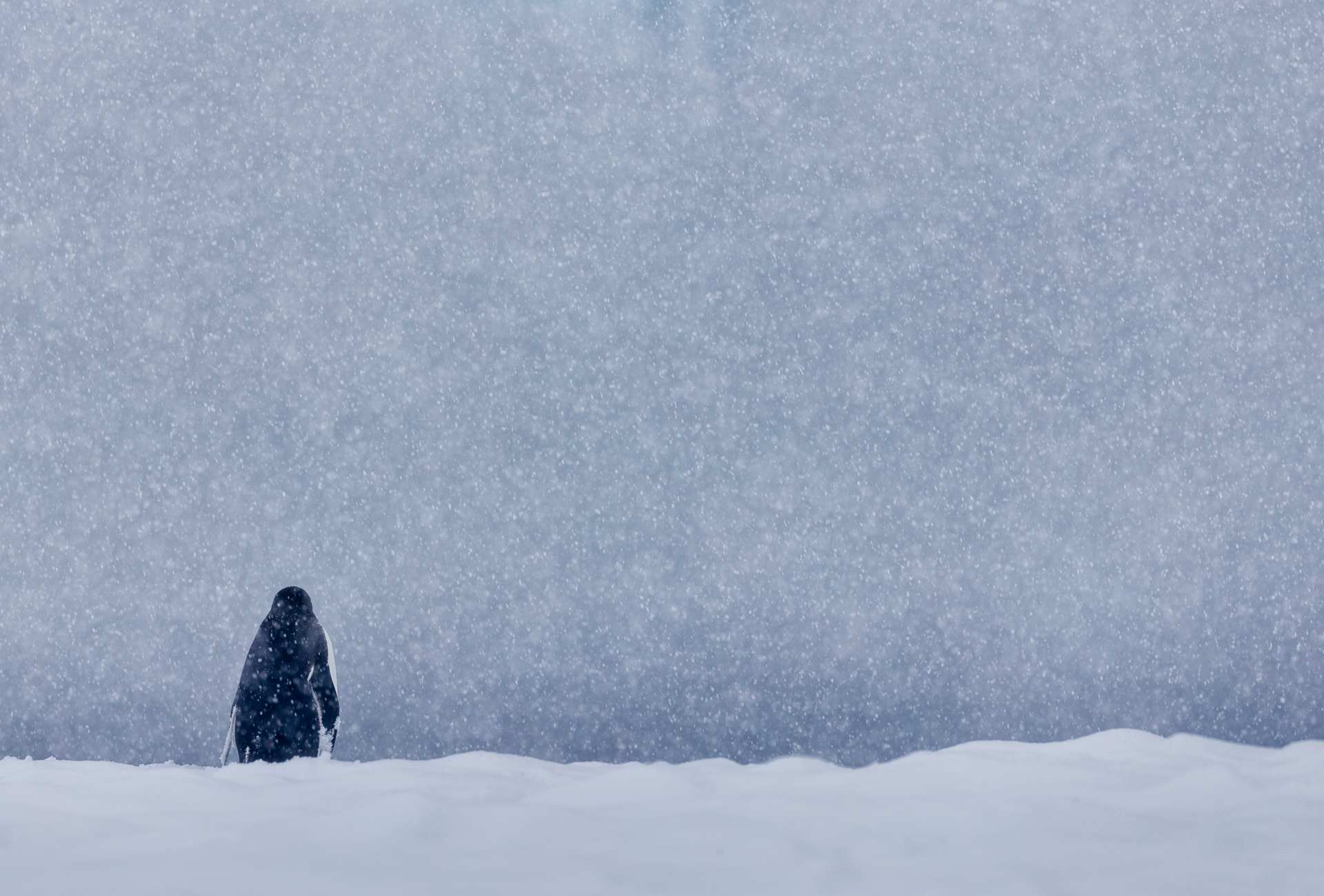 How much is too much lens for Antarctica?
How much is too much lens for Antarctica?
Similarly, as I have found from experience, shooting with a fixed zoom lens poses its own set of unique challenges in this environment. Too much “zoom” and you will find yourself constantly moving further and further back from your subject, especially if its moving, losing precious time repositioning and possibly missing unique opportunities.
A little practice though and you can prepare for these photographic opportunities.It does allow for the chance to get intimate with your subject and draw you the viewer in closer. For this reason, I enjoy having focal length lenses, 70-200mm, 100-400mm being optimal ranges offering great flexibility. Anything large than 400 is what I consider too much lens. Don’t get me wrong if you have an encompassing lens that covers up to 500mm great, bring it. Excellent for flying seabirds. But a 600mm lens for example is overkill while on land.
 Penguins break the rules
Penguins break the rules
Most Antarctic visitors don't realize that the rule of staying 15 feet (5 meters) from a penguin is still a good photographic opportunity. When you take your camera’s focal length into consideration, even the most basic of lenses, you can achieve great photographs if you work smart.
While we follow IAATO guidelines, penguins just don’t seem to follow these rules of governance being the curious creatures that they are. During my talks on photography, I tell people to find a spot away from others, where there is some activity going on. The shoreline, near a rookery or a penguin highway, provides opportunities where we can get some mannerisms and action into our photographs. 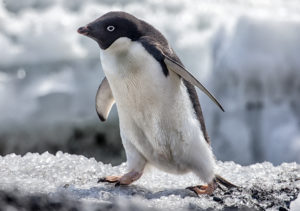
Know what to look for
Let the penguin come to you. Stay calm, make no sudden movement or gesture. Prepare for the encounter.For all wildlife, it’s important to try and stay at eye level to what you are shooting whenever safely possible. It grounds you to the subject and lets you focus on the eyes of the creature.
Look for action. A mid-step, preening, feeding, cleaning, scratching they all make for a more interesting photograph other that simple standing in the snow.
Slow down, explore and your photographs will show for it.
